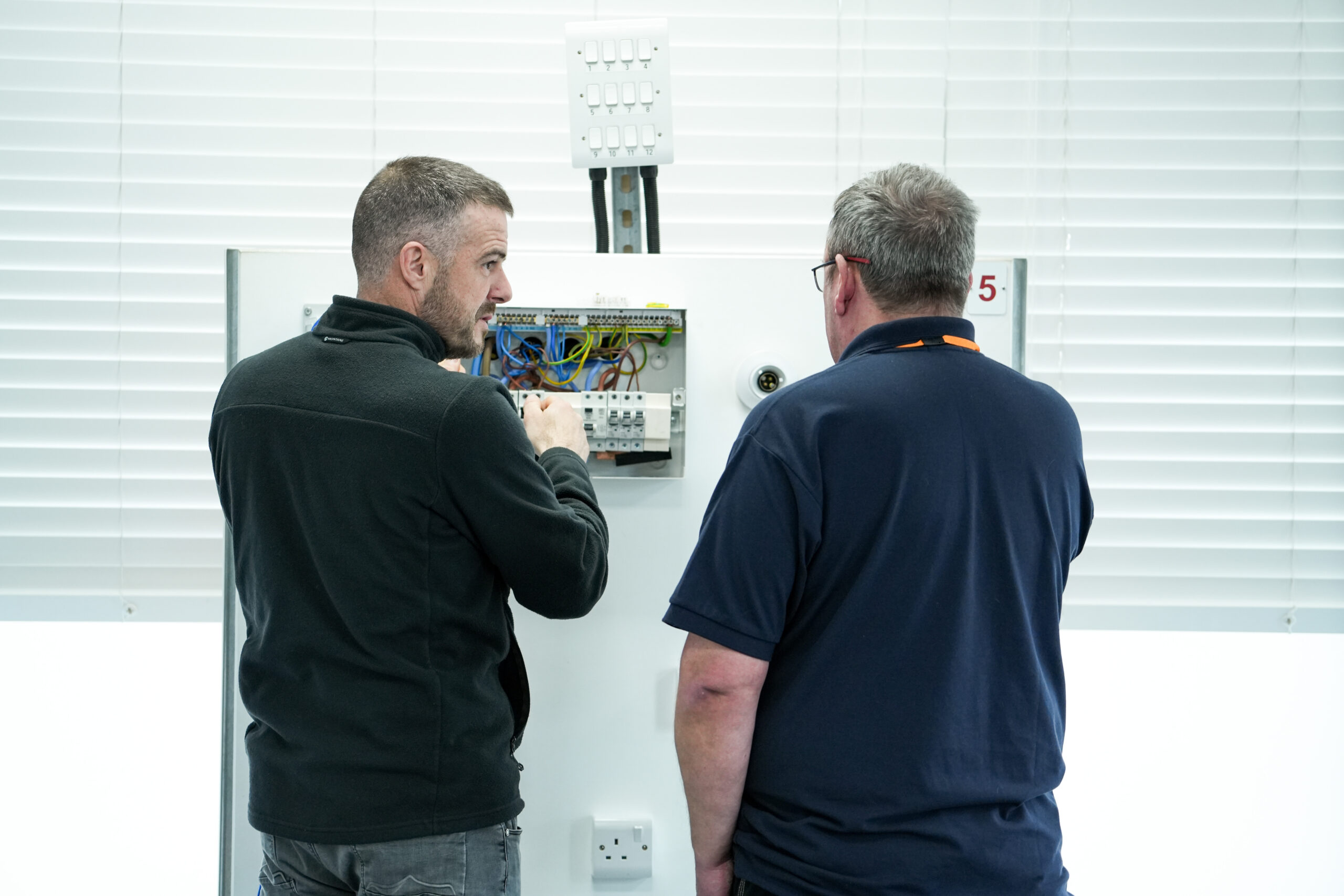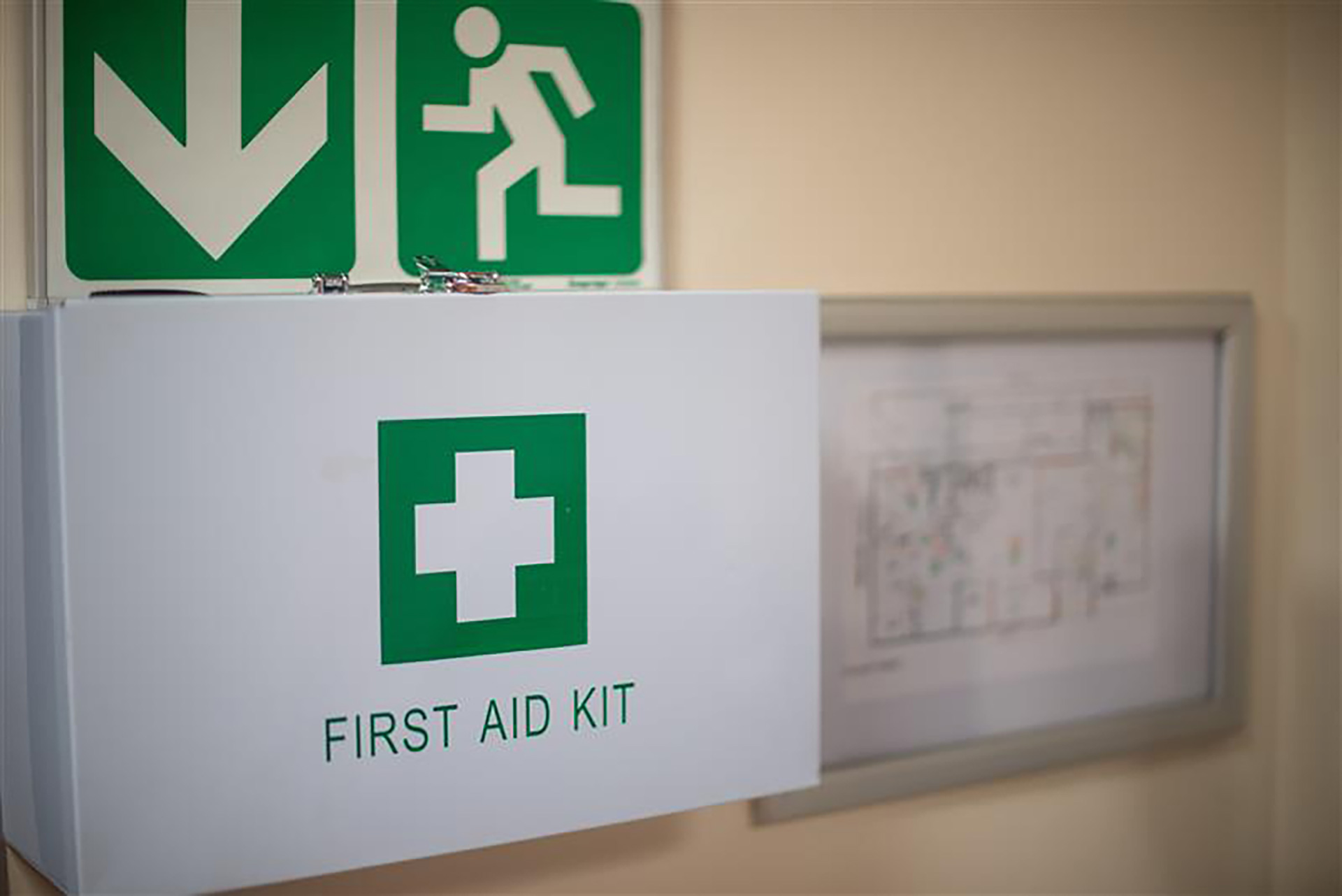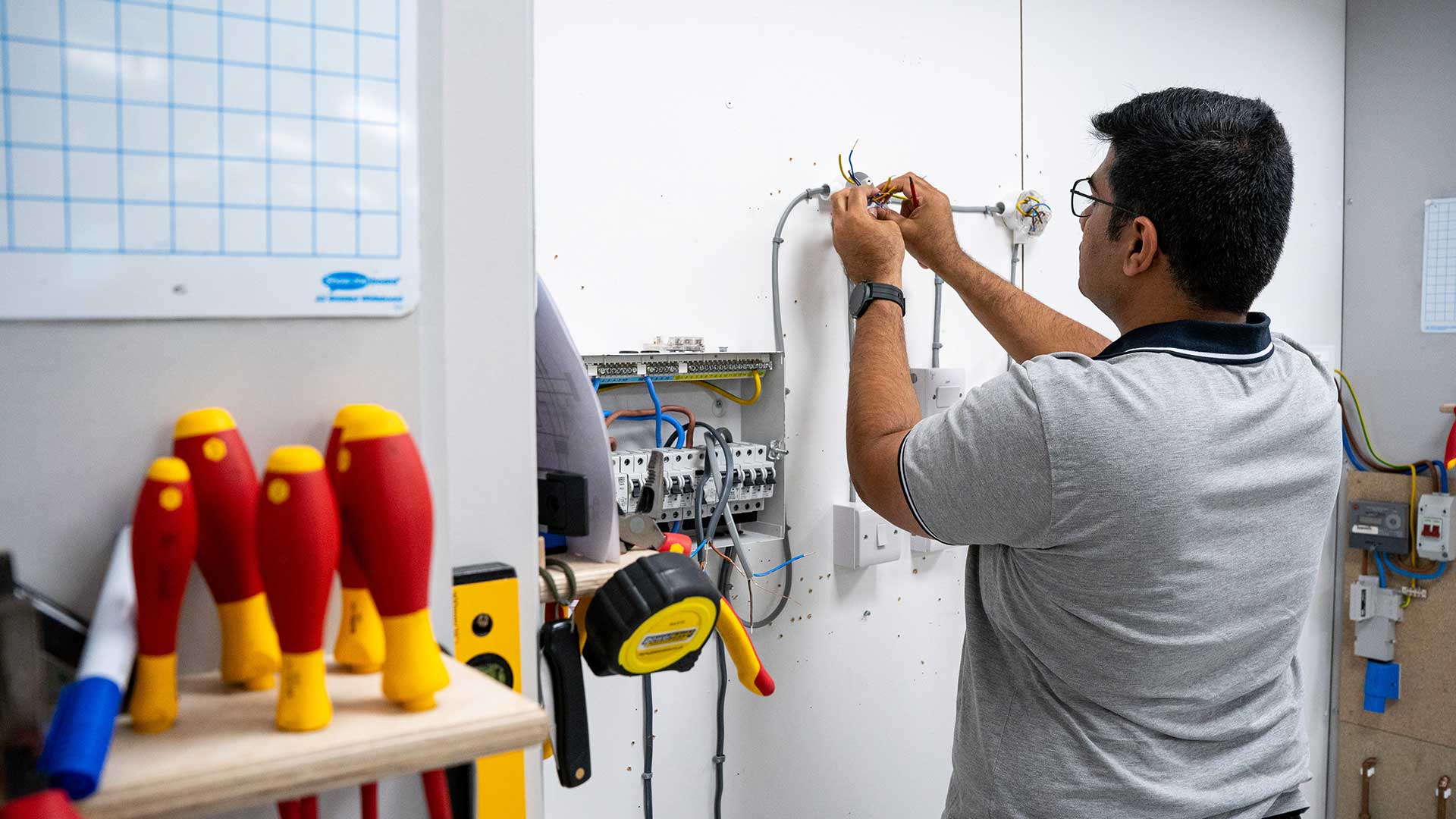The C&G 2377-77 PAT testing course now covers a wider range of Electrical Equipment Testing (EET Testing) and was updated by City & Guilds in November 2020. The scope of the testing covered has been expanded to more than just portable equipment, it also covers fixed electrical equipment, such as any equipment with a permanent, fixed supply such as ovens and hand dryers in commercial dwellings.
In today’s modern world, electrical equipment plays a vital role in our daily lives. From computers and appliances to power tools and lighting fixtures, we rely on various electrical devices to carry out our tasks. However, ensuring the safety of these devices is of utmost importance. This is where Portable Appliance Testing (PAT) comes into play. PAT testing involves inspecting and testing electrical equipment to ensure it is safe for use. In this article, we will explore PAT testing courses led by experienced trainers from City & Guilds, their benefits for electricians and individuals interested in the electrical industry, and how this comprehensive training can help advance your career.
What is PAT Testing and why does it matter?
PAT testing is the process of inspecting and testing electrical equipment to ensure its safety for use. It involves a combination of visual examinations and electrical tests to identify any potential faults or hazards that could pose risks to users.
The importance of PAT testing lies in ensuring the safety of individuals and the prevention of electrical accidents. Faulty or damaged electrical equipment can lead to electric shocks, fires, or other hazardous situations. By conducting regular PAT testing, potential risks can be identified and addressed promptly, reducing the likelihood of accidents and injuries.
There are several key reasons why PAT testing matters:
- Compliance with safety regulations: PAT testing helps individuals and organisations comply with safety regulations and legal requirements. In many countries, including the UK, employers and landlords have a duty of care to ensure the safety of their employees, tenants, and customers. Regular PAT testing demonstrates a commitment to maintaining electrical safety standards and can help meet regulatory obligations.
- Risk mitigation: By identifying potential faults or hazards, PAT testing helps mitigate the risks associated with electrical equipment. It allows for the detection of issues such as damaged cables, loose connections, insulation breakdown, or faulty components that could lead to electrical shocks, fires, or other accidents. Early detection and remediation of these problems reduce the chances of incidents occurring.
- Protection of individuals and property: The primary goal of PAT testing is to protect individuals and property from harm. By ensuring that electrical equipment is safe to use, the risk of electric shocks, burns, and other injuries is minimised. Additionally, preventing electrical fires caused by faulty equipment helps safeguard lives and property, reducing the potential for significant damage and loss.
- Supporting duty of care: Employers, landlords, and individuals have a duty of care to provide a safe environment for those who use electrical equipment. PAT testing plays a crucial role in fulfilling this duty of care. It demonstrates a proactive approach to electrical safety, providing peace of mind to employers, employees, tenants, and users of electrical equipment.
- Supporting reputation and trust: For businesses and organisations, having a reputation for prioritising safety is essential. Regular PAT testing showcases a commitment to ensuring the safety of customers and clients. This can enhance trust, credibility, and professionalism, distinguishing a business from competitors and attracting customers who value safety and quality.
3 Day and 1 Day EET / PAT Testing Course
We offer both a 3 Day and 1 Day C&G 2377-77 EET / PAT testing course options open to beginners, allied trades and electricians looking for an extra source of income.
Exploure our PAT Testing course by accessing our E-Learning Free Trial which is
designed to introduce you to relevant theoretical requirements for the In-service Inspection and Testing of Electrical Equipment (EET testing).
Benefits of completing a PAT testing course
Completing a PAT testing course with experienced trainers offers several benefits that can enhance your career in the electrical industry:
- Gain specialised knowledge and skills: PAT testing courses provide in-depth knowledge and practical skills specific to electrical equipment testing and safety. You will learn how to perform visual inspections, conduct electrical tests, and interpret the results. This specialised knowledge sets you apart and positions you as an expert in the field of PAT testing.
- Access more job opportunities: By obtaining PAT testing qualifications, you broaden your job prospects. Many businesses and organisations now require PAT testing services, creating a demand for professionals with the necessary skills and certifications. You can work as an independent PAT tester or secure employment in various sectors, including facilities management, rental property management, and health and safety.
- Support your career progression: Adding PAT testing qualifications to your skill set opens doors for career progression. You can expand your service offerings as an electrician, offering comprehensive electrical safety services to clients. Additionally, gaining expertise in a specialised area like PAT testing demonstrates your commitment to professional development, increasing your chances of advancement within your organisation.
- Increase your earning potential: Completing a PAT testing course can potentially increase your earning potential. As a qualified PAT tester, you can charge competitive rates for your services. Moreover, by offering additional services such as electrical repairs or safety consultations, you can further enhance your income opportunities.
Continuing Professional Development (CPD) and Recertification
Like any field, the electrical industry is constantly evolving. Staying up to date with the latest regulations, technologies, and best practices is crucial. PAT testing courses often include elements of continuing professional development (CPD), enabling you to stay informed about industry advancements. Additionally, recertification may be required periodically to ensure that your skills and knowledge remain current and in line with industry standards.
Choose City & Guilds for the best PAT testing course in the UK
PAT testing is a vital component of ensuring electrical safety in various environments. By undergoing a PAT testing course, you can gain the necessary knowledge, skills, and qualifications to provide this crucial service. Whether you are an electrician looking to expand your service offerings or an individual interested in the electrical industry, completing a PAT testing course can significantly enhance your career prospects. From specialised knowledge and increased job opportunities to career progression and higher earning potential, the benefits of undertaking a PAT testing course with City & Guilds are substantial.
City & Guilds Electrical Training is a leading electrician training provider in the UK. We provide comprehensive and industry-approved courses led by experienced trainers that cover various aspects of electrical work, from domestic installations to commercial and industrial projects. Our courses are delivered through a combination of classroom-based training and practical workshops in state-of-the-art facilities and online learning platforms, ensuring a well-rounded learning experience. Fully accredited, with a 90%+ pass rate and more people passing our courses than any other trainer in the country, it’s industry-focussed, comprehensive training that builds successful careers!
To learn more about City & Guilds Electrical Training and our electrician courses, you can contact us directly at 0800 8564448. Our knowledgeable staff and experienced trainers will be able to provide you with further information and guide you through the course selection process.



























